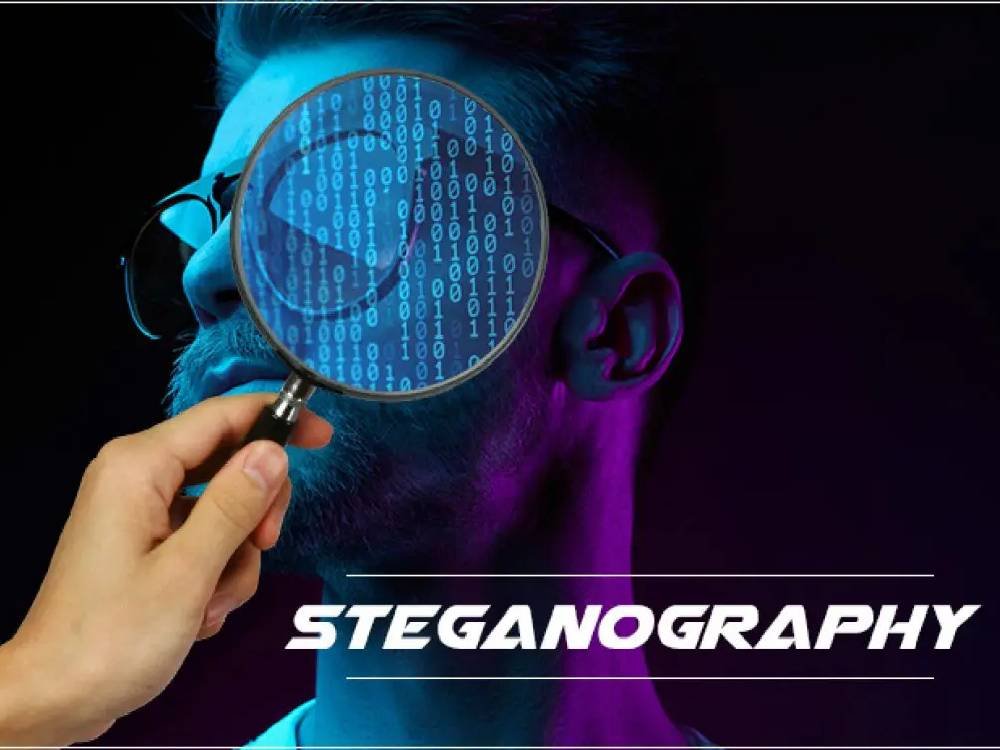Let’s dive into a very interesting topic; what is shorthand stenography Shorthand steganography, a term in the realm of cybersecurity, is a fascinating technique used to conceal secret messages within seemingly innocuous data. In the ever-evolving landscape of cyber threats, understanding such cryptographic methodologies is crucial for both security professionals and everyday users. In this comprehensive guide, we delve into the depths of what shorthand steganography is, how it functions, its applications, and its significance in the realm of cybersecurity.
Understanding Shorthand Steganography in Cybersecurity
Steganography, derived from the Greek words “steganos” (covered) and “graphein” (writing), is the art and science of hiding information within other information, thereby concealing its existence. It operates on the principle that the best place to hide a secret is often in plain sight. Shorthand steganography is a subtype of steganography that focuses on using abbreviated or shorthand symbols, characters, or representations to embed secret messages.
Exploring the Mechanics of Shorthand Steganography
At its core, shorthand steganography relies on the use of symbols, characters, or abbreviations that are innocuous and commonly used in everyday communication. These could include punctuation marks, special characters, emojis, or even specific arrangements of letters and numbers. By strategically embedding these symbols or characters within a larger body of text or data, a sender can covertly transmit a hidden message to an intended recipient without arousing suspicion.
Applications of Shorthand Steganography
The applications of shorthand steganography in cybersecurity are diverse and multifaceted. From covert communication between espionage agents to concealing sensitive information in digital communications, the use cases are extensive:
- Covert Communication: Shorthand steganography has long been employed by intelligence agencies, espionage operatives, and clandestine organizations to exchange covert messages without alerting adversaries. By embedding hidden messages within seemingly innocuous text or data, agents can communicate securely even in the presence of surveillance.
- Digital Forensics: In the realm of digital forensics and cybersecurity investigations, shorthand steganography poses significant challenges. Detecting and deciphering hidden messages concealed using shorthand techniques requires sophisticated analysis tools and techniques. Investigators must employ advanced cryptographic methods to uncover concealed information and identify potential security threats.
- Information Security: Enterprises and organizations leverage shorthand steganography as part of their broader information security strategies. By concealing sensitive data within everyday communications or digital assets, businesses can mitigate the risk of data breaches, unauthorized access, and cyber-attacks. Shorthand steganography serves as a covert means of safeguarding confidential information from prying eyes and malicious actors.
- Security Awareness Training: Educating employees and end-users about the risks associated with shorthand steganography is an essential component of cybersecurity awareness training programs. By raising awareness about the existence and prevalence of covert communication techniques, organizations can empower their workforce to recognize and report suspicious activities effectively.
Significance of Shorthand Steganography in Cybersecurity
The significance of shorthand steganography in cybersecurity cannot be overstated. As cyber threats continue to evolve and grow in sophistication, the need for robust encryption and covert communication techniques becomes increasingly critical. Shorthand steganography offers a means of transmitting sensitive information securely while evading detection by adversaries and unauthorized parties.
By understanding the mechanics of shorthand steganography and its applications, cybersecurity professionals can develop more effective countermeasures and defensive strategies. Advanced threat detection systems, encryption algorithms, and digital forensics tools play a pivotal role in identifying and mitigating the risks posed by covert communication techniques.
Moreover, as organizations strive to maintain compliance with regulatory requirements and industry standards, addressing the challenges posed by shorthand steganography becomes imperative. Implementing comprehensive security protocols, conducting regular risk assessments, and enhancing employee training programs are essential steps in safeguarding against potential security breaches.
In conclusion, shorthand steganography represents a sophisticated yet potent tool in the arsenal of cyber adversaries and security professionals alike. As technology continues to advance and cyber threats become increasingly sophisticated, understanding the intricacies of shorthand steganography is paramount. By staying vigilant, leveraging advanced security measures, and fostering a culture of cybersecurity awareness, organizations can mitigate the risks posed by covert communication techniques and protect their critical assets in an ever-changing digital landscape.

